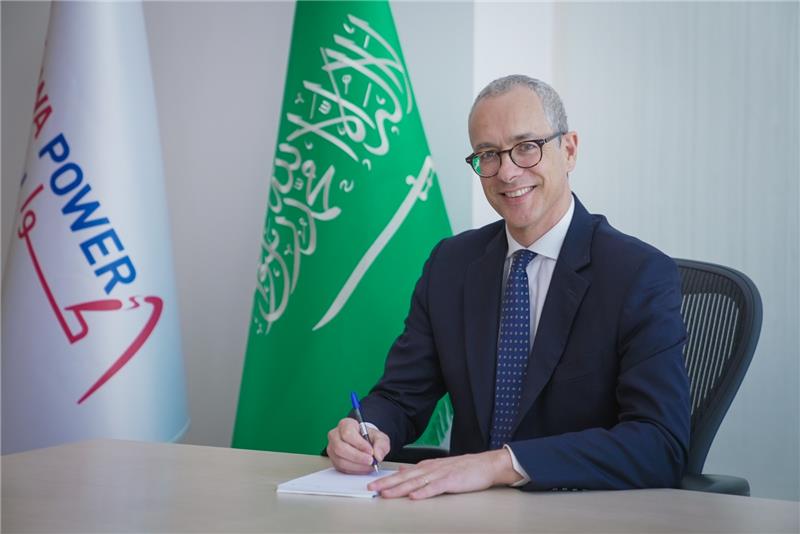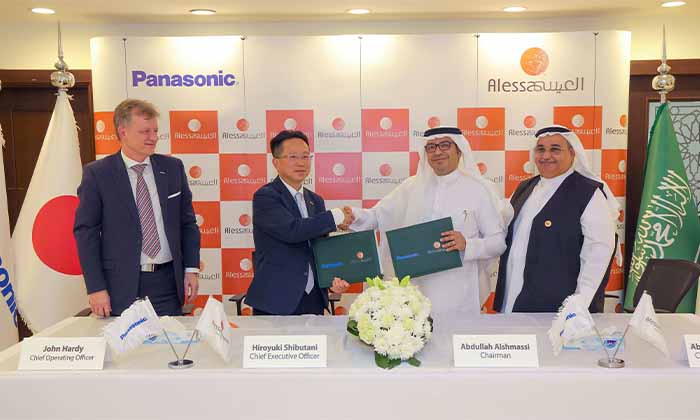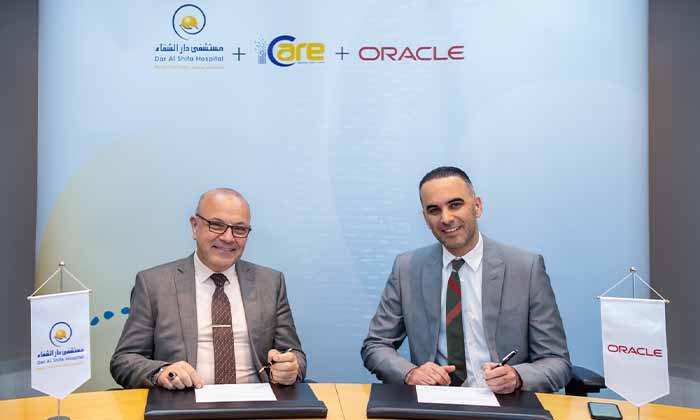As part of the Year of Sustainability initiative and in line with efforts to enhance the quality of life for better community health and welfare, the Ministry of Climate Change and Environment (MOCCAE) has updated the classification of 64 air quality monitoring stations. This reclassification is consistent with the ministry's 2022 directive that set forth the requirements for classifying these stations, reinforcing the country's commitment to upholding the highest environmental and climate standards.
Aligned with the Year of Sustainability and part of the UAE's preparation to host the United Nations Framework Convention on Climate Change (COP28), the decision aims to establish a unified national system for categorising air quality monitoring stations across the country. This approach makes these stations more congruous for evaluation and comparison, reinforcing the country's commitment to its environmental responsibilities.
The reclassification is part of efforts to reach the "National Agenda for Air Quality 2031" goals. The MOCCAE launched this agenda last year in September, following approval by the UAE Cabinet. The agenda acts as a guiding framework for federal and local government bodies and private sector organisations to collaboratively monitor and manage air quality, reduce pollution, and boost air quality. It aligns with the broader objective of fostering a safe and healthy environment, improving living conditions, and meeting the UAE Centennial 2071 goals.
All government entities involved in managing and operating air quality monitoring stations cooperated in reclassifying 64 stations at a national level. This included the National Center of Meteorology, Environment Agency - Abu Dhabi, Dubai Municipality, Environment and Protected Areas Authority – Sharjah (EPAA), Ajman Municipality & Planning Department, Environment Protection & Development Authority Ras Al Khaimah, Umm Al Quwain Municipality, Fujairah Environment Authority, and BEEAH Group.
In addition, the best practices from several countries, including the European Union, Canada, the United Kingdom, Singapore, and Kuwait, were considered during the guide's development phase to classify air quality monitoring stations.
With the application of the station classification guide, numerous strategic objectives can be achieved. These include enhancing the communication of air quality status across different regions of the country, improving the annual reporting process for pollutant data to international sources, and equipping decision-makers to compare stations and devise necessary plans to boost air quality.
The guide also facilitates the comparison of ambient air quality levels monitored by the stations, according to their classifications, with similar stations at different locations. This allows for meaningful comparisons and analysis, paving the way for tailored solutions for each site.
End














